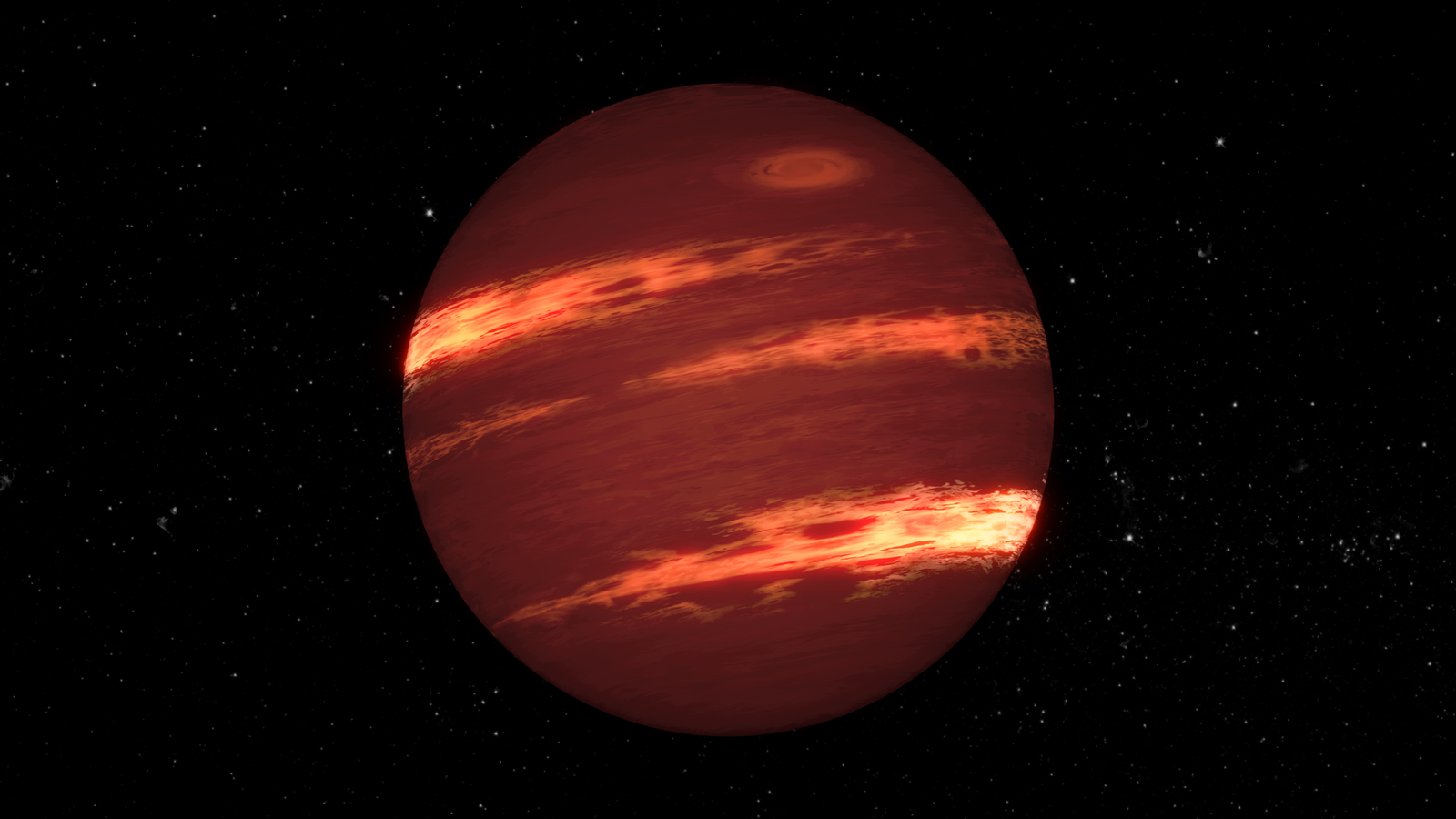
Can a star turn into a
Subscribe Subscribed Share 21K views 3 years ago Earth Compared to HD 100546 b: Largest Planet Ever Discovered, As Big As the Sun • (2K) • 2020 HD 100546 b is a gas giant exoplanet that orbits.

Los 10 más grandes del Universo
Despite the uncertainty of the planet's properties, a 2017 study calculated HD 100546 b as a very highly reddened substellar object with a good-fit effective temperature of 2,630 K and a planetary mass and radius of 25 MJup and 3.4 RJup, making it still nonetheless one of the largest exoplanets discovered by size. [25]
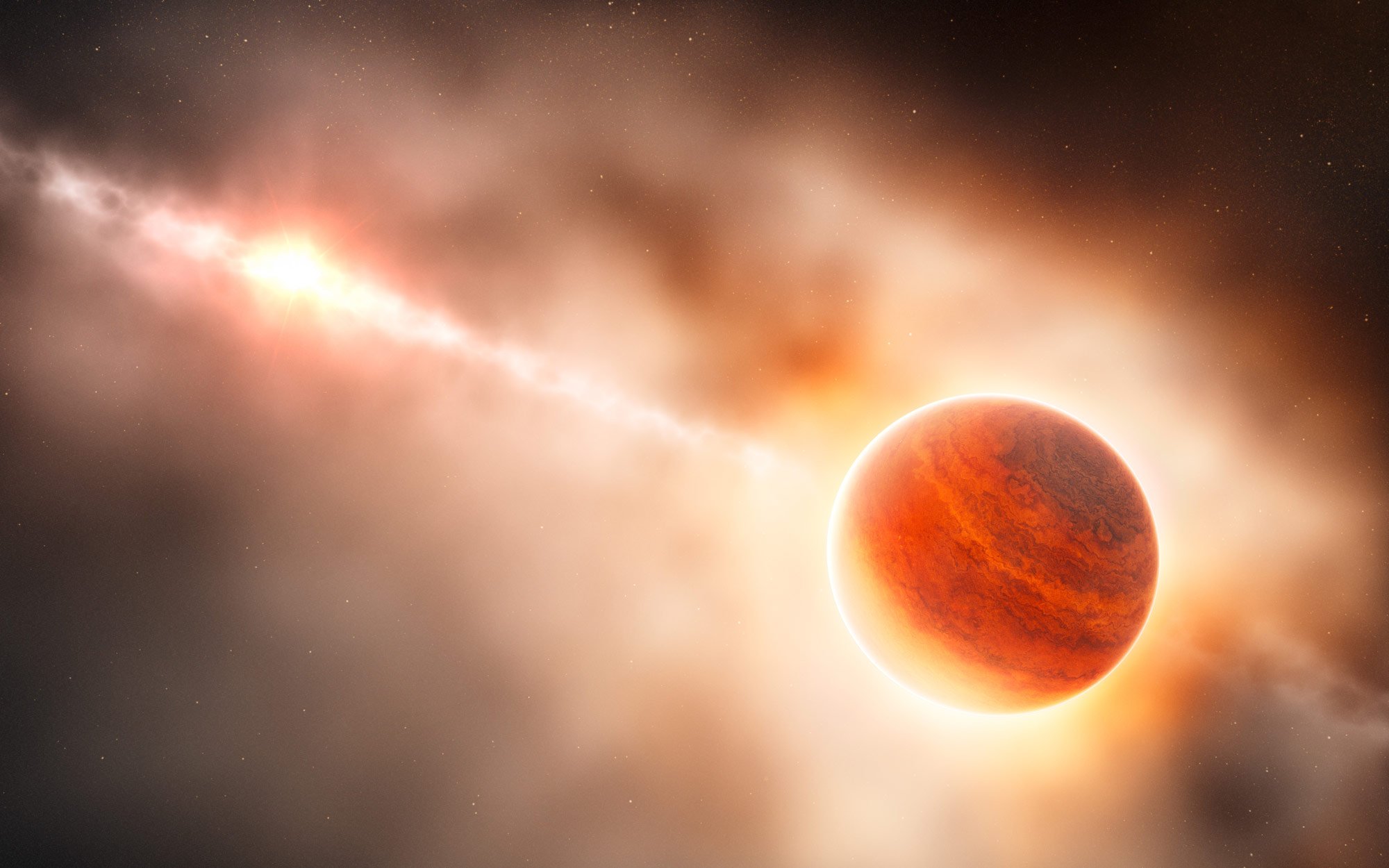
The First Direct Observation of a Forming
A. 530 L2 Herschel/PACS spectroscopy The complex structure of the disk around HD 100546. The inner few astronomical units Benisty, M. et al. 2010 A.& A. 511 75 VLTI/AMBER K band measurements Where is the warm H2? A search for H2 emission from disks around Herbig Ae/Be stars

10 Largest In The Universe, With Comparison To Jupiter [2023] Sci Fi Logic
An Optical/Near-infrared Investigation of HD 100546 b with the Gemini Planet Imager and MagAO Rameau et al. 2017 | Reference Overview Confirmation and Characterization of the Protoplanet HD 100546 b—Direct Evidence for Gas Giant Planet Formation at 50 AU Quanz et al. 2015 | Reference Overview All WISE Data Release

Flying through the HD 100546 system YouTube
The first known super Jupiter, HD 100546 b, was discovered in 1996. Jupiter is the largest planet in our solar system in terms of composition and size, but it is only 11 times the size of Venus. binary systems are clusters of stars that have gravitationally bound to one another.
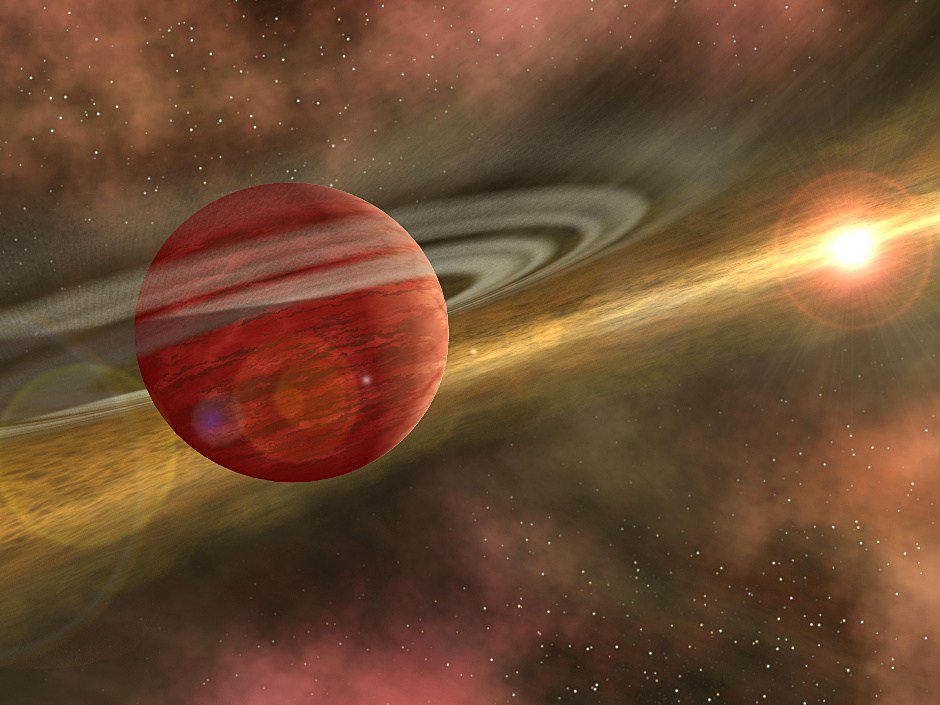
HD 100546 b gezegeni .. » Sayfa 1 1
Image This artist's impression shows the formation of a gas giant planet in the ring of dust around the young star HD 100546. This system is also suspected to contain another large planet orbiting closer to the star. The newly-discovered object lies about 70 times further from its star than the Earth does from the Sun.

HD 100546 b Object Cosmos's Wiki Fandom
This is the link with the canonical url: HD 100546 b Detailed information about planet HD 100546 b and its parameters.

カテゴリ vnd54f6hdの通販 by Anita's shop|ラクマ ために
HD 100546 b is a candidate extrasolar planet (exoplanet) that orbits the star KR Muscae in the constellation of Musca. The planet was discovered in 2005 using the default detection method . An exoplanet is a planet that orbits a star other than the the Sun. Information

Juno New Origins HD 100546 B
The Protoplanet HD 100546 b One of the most interesting questions is whether we can put some constraints on the mass of the protoplanet. While all "hot-start" models predict masses of at least 5 , additional observational results question the presence of a high-mass protoplanet.

HD 100546 UNA JOVEN ESTRELLA QUE ILUMINA A LA LEJANÍA
This image from the NASA/ESA Hubble Space Telescope shows a visible light view of the outer dust around the young star HD100546. The position of the newly discovered protoplanet is marked with an orange spot.

HD 100546 b YouTube
HD 100546 b is a gas giant exoplanet that orbits a B-type star. Its mass is not well defined; it takes 249.2 years to complete one orbit of its star, and is 53.0 AU from its star. Its discovery was announced in 2014. HD 100546 b's mass is not well defined.

HD 100546 b The Universe of The Universe Wiki FANDOM powered by Wikia
About Press Copyright Contact us Creators Advertise Developers Terms Privacy Policy & Safety How YouTube works Test new features NFL Sunday Ticket Press Copyright.
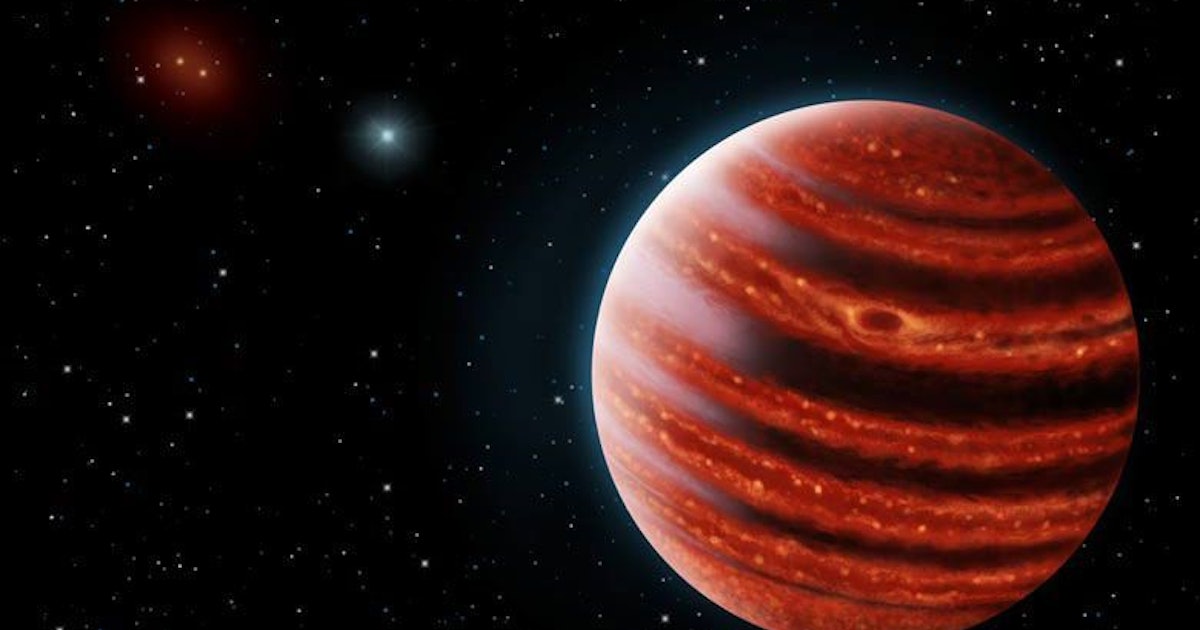
Astronomers Just Discovered a Cradle of Baby Jupiter
HD 100546 b might be the biggest planet in the universe, but is it the only one? What are the biggest exoplanets? Are there more planets like HD 100546 b? Th.
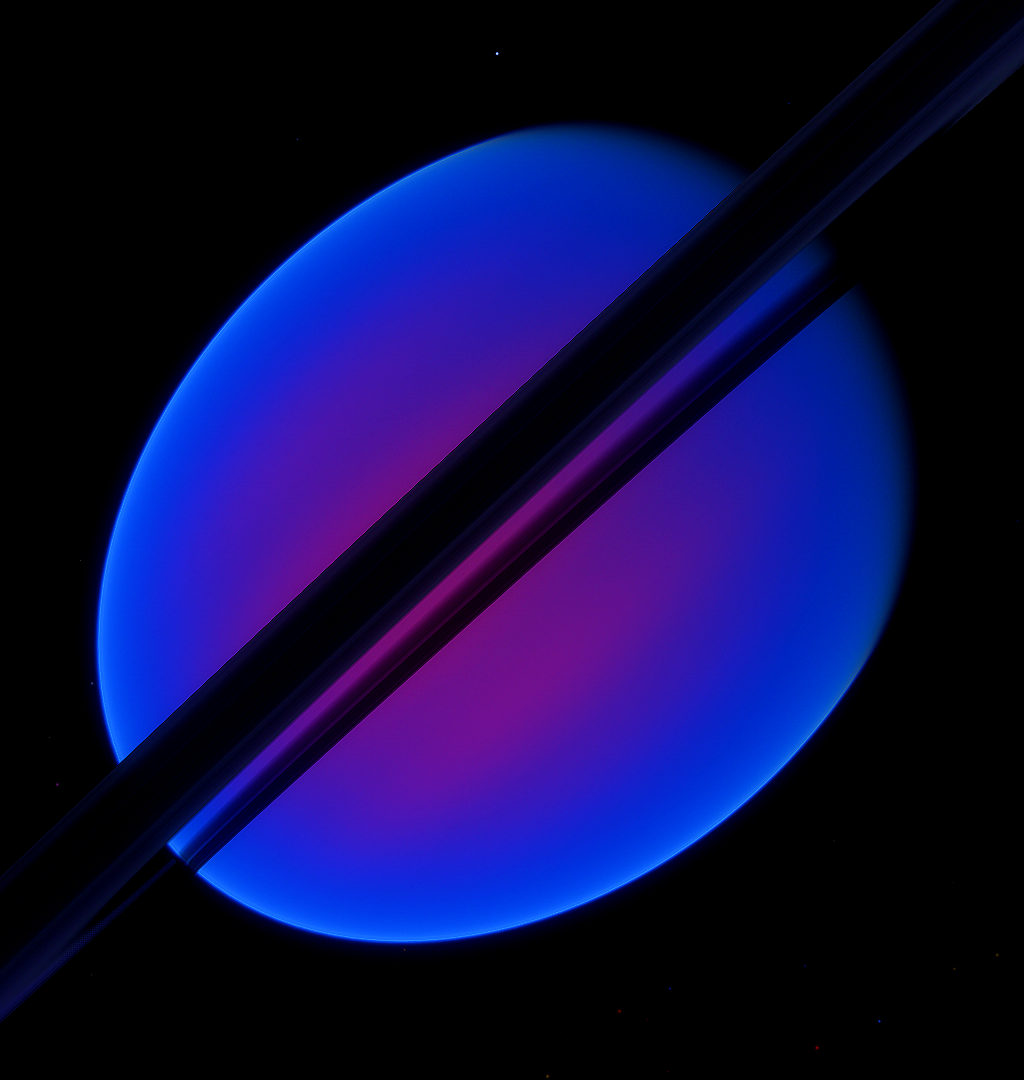
HD 100546 B Space Engine Database Wiki Fandom
HD 100546, also known as KR Muscae, is a young B-type main sequence star about 358.84 light-years away in the constellation Musca. Initial observations point out that it may harbor the largest planet ever discovered, around 6.9 times the size of Jupiter. However, it is more likely the measured radius is not of the planet itself but the debris disk that surrounds it.
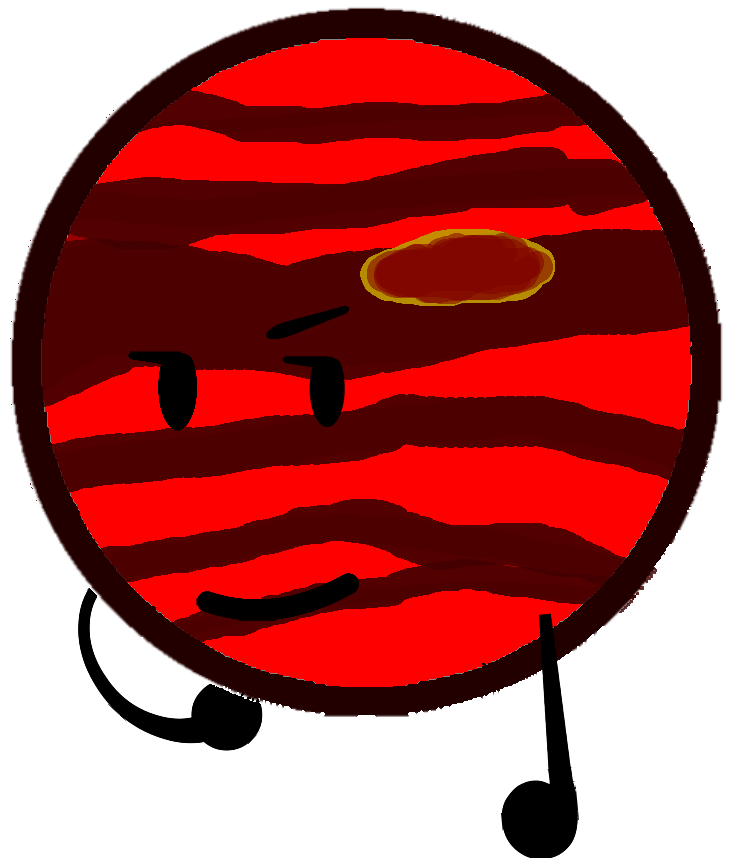
HD 100546 b Gallery Weird and wonderfull space Wiki FANDOM powered by Wikia
List This is a dynamic list and may never be able to satisfy particular standards for completeness. You can help by adding missing items with reliable sources. The sizes are listed in units of Jupiter radii (71,492 km). All planets listed are larger than 1.7 times the size of the largest planet in the Solar System, Jupiter.
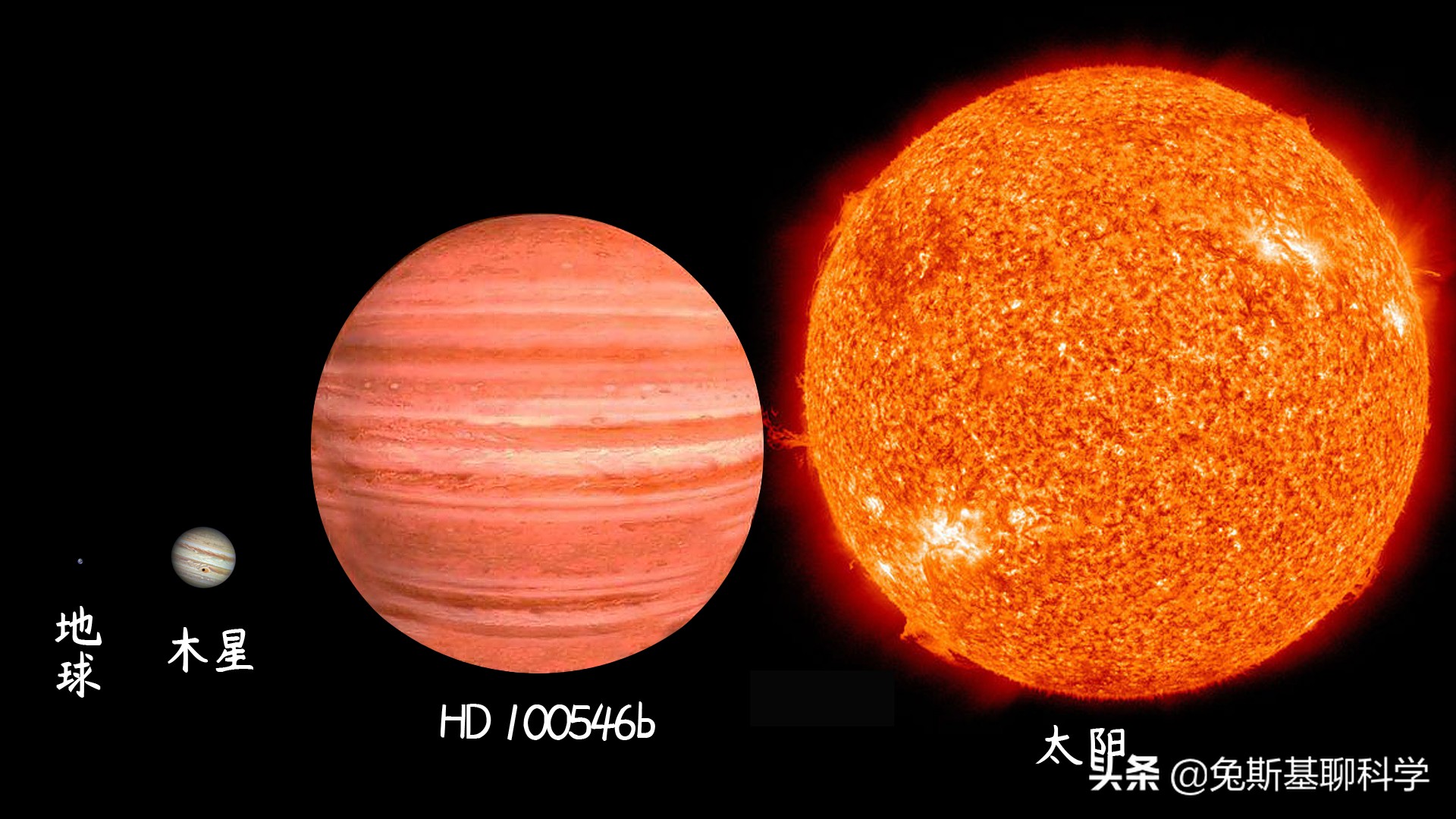
¿Cuál es el objeto más grande que existe en el universo? Radio Pinamar FM 100.7
We would like to show you a description here but the site won't allow us.